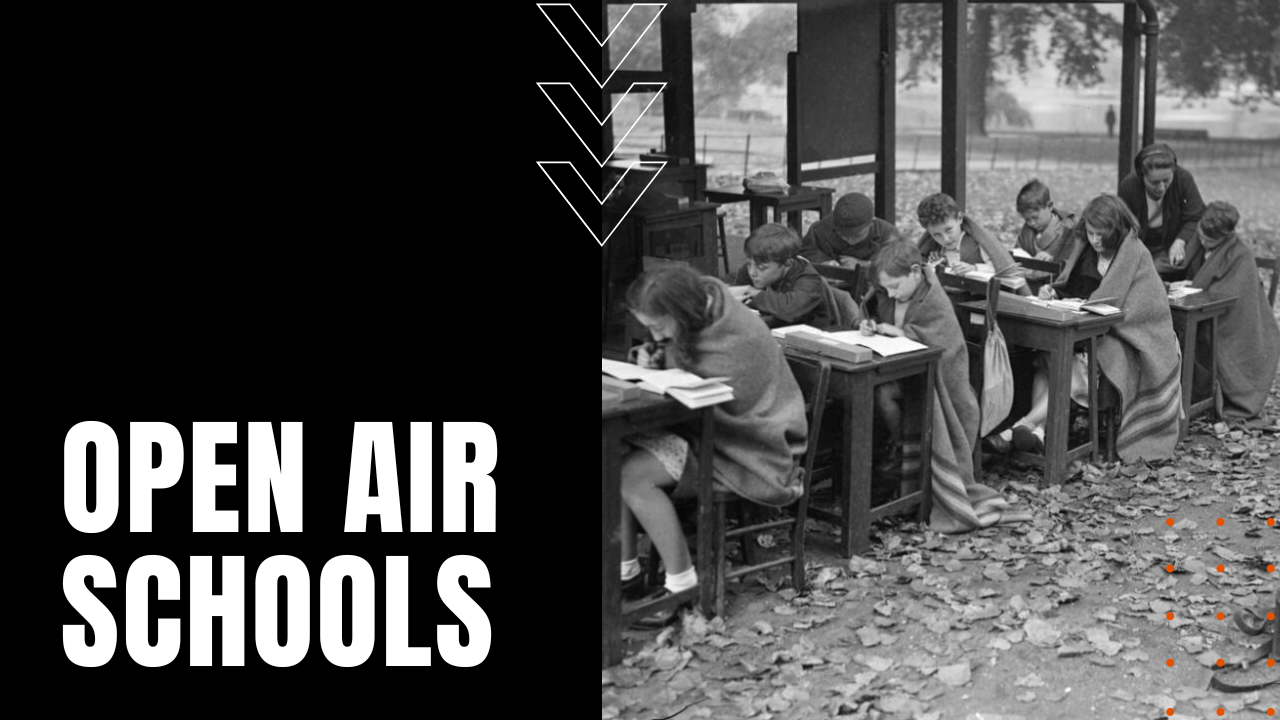Tuberculosis and the Open-air School Movement

Up until the 19th century, Tuberculosis was considered the single worst disease afflicting humankind. Characterized by fever, night sweats and a bloody cough, tuberculosis became known as consumption, since her victims were slowly but assuredly consumed by the disease.
High Mortality Rates
To shed light on the impact and mortality of tuberculosis, records from the village of Holycross in Shropshire England indicate that 1 person out of every 6 villagers died of consumption between 1750 and 1759, while ten years later, the mortality rate was 1 out of every 3. By the turn of the 18th century, 1 out of 4 Londoners died from tuberculosis.
False Cures
During the Industrial Revolution—in an age before the discovery of antibiotics—tuberculosis was widely associated with dirty, crowded, unhygienic living conditions commonplace amongst crowded cities in both Europe and North America, leading to the proliferation of open-air tuberculosis sanitariums that subjected their patients to as much fresh air and sunlight as possible. Schools soon followed suit, beginning in 1904 Germany before spreading rapidly across the European continent.
Frigid Classrooms
The movement came to the United States in 1908, first into Rhode Island, where shivering children endured outdoor classrooms, even during New England’s frigid winters, wrapping themselves in “Eskimo sitting bags,” while warming their feet on heated stones. The movement reached its peak by 1918, when some 130 American cities embraced the open-air school movement. In 1944, Selman Waksman and two colleagues isolated Streptomyces griseus, now known as streptomycin, which marked the first antibiotic/antibacterial agent effective against mycobacterium tuberculosis.
Science Breakthroughs
Their discovery is generally considered the beginning of the modern era of tuberculosis control, although the true defining moment began in 1952, with the development of Isoniazid, the first oral mycobacteriocidal remedy. Rifampin was to follow in the 1970s, which sharply reduced recovery times from the disease. In 2021 an estimated 10.6 million people fell ill with tuberculosis, leading to the deaths of 1.6 million people, primarily in low to middle-income countries, where an estimated $13 billion tuberculosis prevention funding shortfall leads to the deaths of some 4,383 people on a daily basis, making the open-air school movement, a bygone memory from one of the deadliest diseases known to man.
